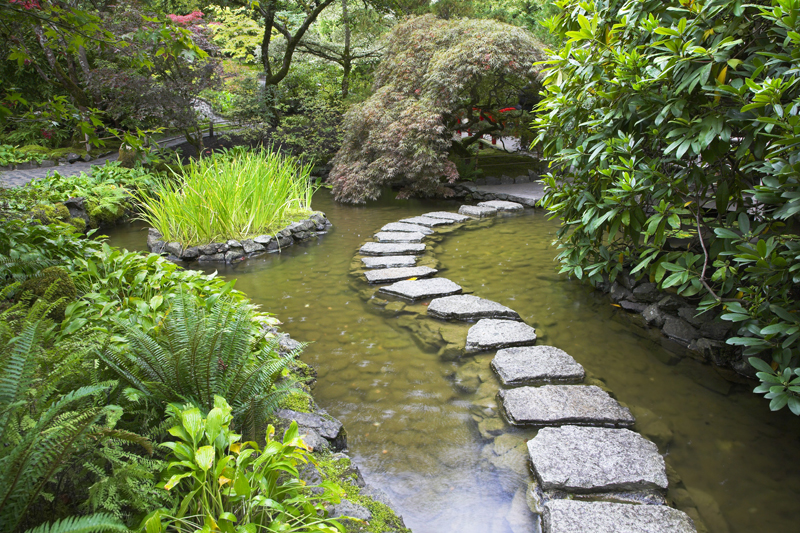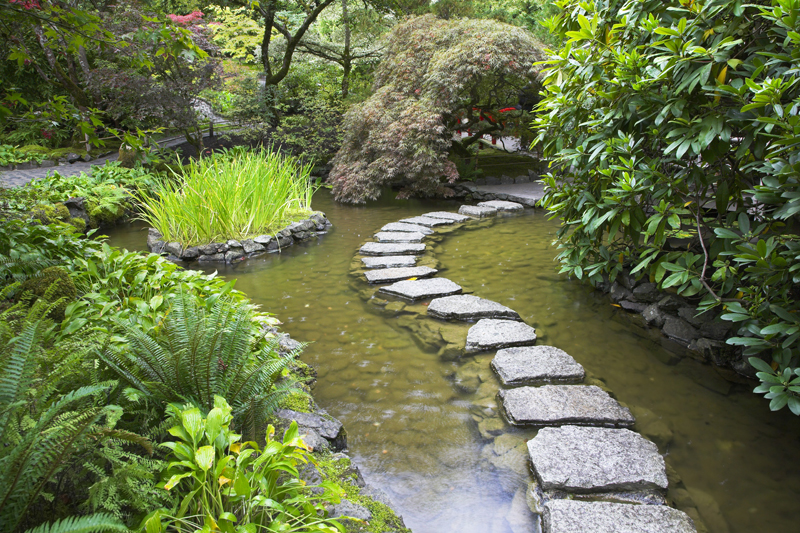Verbenas and How to Grow Them

Members of the verbena family, the verbenas can be annual or perennial, according to the species. Over a dozen species are native to America with their hardiness varying by species. In addition, quite a few introduced ones have naturalized. Most of the perennial verbenas are usually hardy to zone six or so.
Generally, the square stems are stiff, rough, and often hairy. Some are branched. Nearly all have an erect growth habit.
The stalkless, opposite leaves can be toothed or lobed. Often, these clasp the stem.
Most verbenas bloom from June through October with some flowering until frost.
Exceptions are explained in the articles on the individual species.
Flower color varies according to the species, but most are either lavender, purple, rose, or white. Appearing on terminal spikes or clusters, the small, tubular blossoms, typically ¼ inch or so wide, feature five petals, four stamens in pairs, and a calyx with five lobes. The corolla has five rounded lobes.
All species of verbena are sources of nectar and pollen. In addition, some of these can provide good honey crops. In such cases, this information can be found in the articles on the individual species.
Growing Verbenas
The best types of verbenas for pollinator gardens are natives because certain ones of the naturalized species are considered to be possibly invasive.
Easy to grow, the fast growing verbenas are propagated by seeds and cuttings. Preferring a sunny, well drained site, they’re suitable for ground covers, edgings, containers, dry banks, rock walls, parking strips, and alongside driveways.
Space verbena plants about two feet apart or so, depending on the mature size. Avoid overcrowding these plants as they can experience powdery mildew if the plants don’t have good air circulation. This disease is also more likely to occur if the foliage becomes wet when the plants are watered. These are largely unbothered by pests with the exception being the yellow woolly bear caterpillars have been known to feed on the leaves.
Generally, the square stems are stiff, rough, and often hairy. Some are branched. Nearly all have an erect growth habit.
The stalkless, opposite leaves can be toothed or lobed. Often, these clasp the stem.
Most verbenas bloom from June through October with some flowering until frost.
Exceptions are explained in the articles on the individual species.
Flower color varies according to the species, but most are either lavender, purple, rose, or white. Appearing on terminal spikes or clusters, the small, tubular blossoms, typically ¼ inch or so wide, feature five petals, four stamens in pairs, and a calyx with five lobes. The corolla has five rounded lobes.
All species of verbena are sources of nectar and pollen. In addition, some of these can provide good honey crops. In such cases, this information can be found in the articles on the individual species.
Growing Verbenas
The best types of verbenas for pollinator gardens are natives because certain ones of the naturalized species are considered to be possibly invasive.
Easy to grow, the fast growing verbenas are propagated by seeds and cuttings. Preferring a sunny, well drained site, they’re suitable for ground covers, edgings, containers, dry banks, rock walls, parking strips, and alongside driveways.
Space verbena plants about two feet apart or so, depending on the mature size. Avoid overcrowding these plants as they can experience powdery mildew if the plants don’t have good air circulation. This disease is also more likely to occur if the foliage becomes wet when the plants are watered. These are largely unbothered by pests with the exception being the yellow woolly bear caterpillars have been known to feed on the leaves.

Related Articles
Editor's Picks Articles
Top Ten Articles
Previous Features
Site Map
Content copyright © 2023 by Connie Krochmal. All rights reserved.
This content was written by Connie Krochmal. If you wish to use this content in any manner, you need written permission. Contact Connie Krochmal for details.



